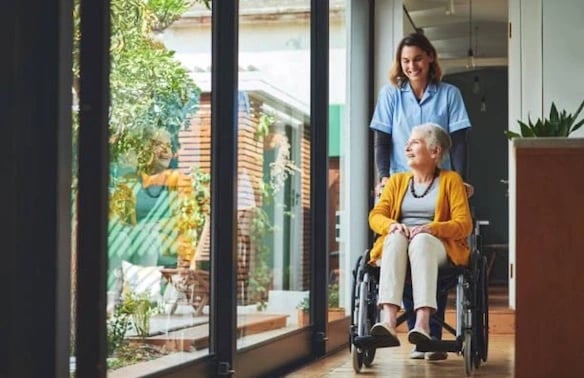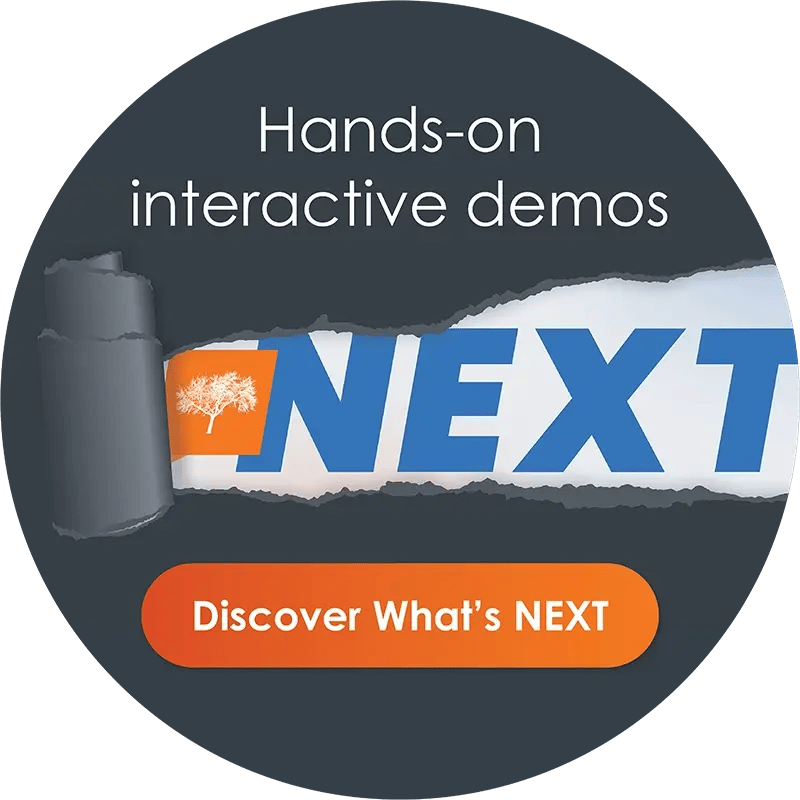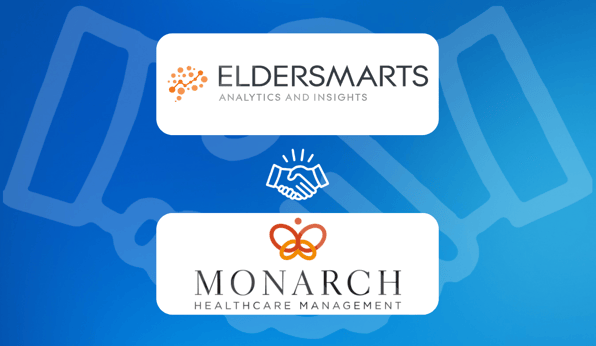Why Senior Living Technology Is an Expectation for Residents in 2023

Smart technology has become a fundamental part of our daily lives. Affecting everything from commerce to community, rapidly evolving digital software is changing how we work, live, and connect. For anyone in senior care or an assisted living community, this impact can be particularly profound.
With the rise of artificial intelligence, data analytics, and increasingly sophisticated smart devices, senior living technology is no longer a luxury—it's an expectation. As older adults become more comfortable with new technology, senior living communities are leveraging these tools to enhance their residents' quality of life and well-being.
Senior Living Residents and Technology
The relationship between seniors and tech is different today, and baby boomers are a lot more comfortable with technology than they were a decade ago. Currently, over 60% of older adults own a smartphone, and nearly half are on social media.
We can attribute this to many factors, but a few of the big ones include:
- More wi-fi accessibility
- Virtual assistants like Alexa
- Apps with accessibility features
- New applications of virtual reality
- Wearable devices that provide real-time feedback
- Smart home devices such as thermostats and lights
- Big companies like Apple and Amazon marketing to seniors
Whether they are ordering food, video chatting, or shopping, senior residents are becoming more tech-savvy and going online in record numbers, paving the way for a new era of senior living technology.
Types of Technology Senior Living Communities Can Offer
By 2030, baby boomers in the US will be 65 or older, with a population that's likely to be even more tech-savvy than it is today. The pandemic and ensuing social isolation reminded us of our growing reliance on our devices, and this shift in how older demographics use technology is now making it critical for assisted living operators to consider implementing digital solutions in their own communities.
For any senior living community hoping to remain competitive in the future, the time to act is now. The first step when choosing the best assisted living software in 2023 is knowing the types of technology communities can offer, how software solutions enhance the resident experience, and why they're becoming standard practice in the senior living industry.
Technology To Enhance Resident Engagement and Activity
Older adults who move into a senior living community live longer, more enriching lives if they can maintain their mental and physical vitality. To promote resident engagement and activity, many community operators use senior living technology specifically designed to stimulate these aspects of seniors' lives with things like:
- Engagement Platforms: An online engagement platform where residents can communicate and connect is integral to seniors' mental and spiritual well-being. As more seniors become proficient at using new technologies, these platforms will quickly become the rule, not the exception. For instance, advanced systems like Eldermark's engage can do a lot, including providing analytics, simplifying workflows, and improving engagement.
- Reminder Systems: These systems can be simple notifications or check-ins sent to a smart device to remind residents of a planned activity, ensuring everyone has a chance to participate. These systems also offer solutions for activity coordinators, helping them create the most effective wellness plan for residents.
Technology To Increase Resident Safety and Quality of Care
Seniors and their families expect the highest standards of safety and quality of care, and implementing senior living technology is one of the best ways to increase resident safety.
In the future, you'll be hard-pressed to find a senior community without the following systems:
- Electronic Medication Administration Record (eMAR) Systems: As resident populations grow and evolve, an eMAR solution enhances resident safety by significantly reducing medication errors through digital record-keeping and cloud-based monitoring.
- Electronic Health Record (EHR) Systems: EHRs are critical to community safety, as they help keep resident information updated, centralized, and accessible. Comprehensive EHR systems (such as Eldermark's ServiceMinder) integrate with eMARs, external healthcare providers, and pharmacy systems to provide the highest level of coordinated care.
- Risk Management and Monitoring Systems: This technology enhances resident safety through risk analysis and vigilant monitoring. For instance, wearable devices can continually check vital signs such as heart rate and alert staff of abnormalities. For residents with higher risks of Alzheimer’s or those in memory care, more advanced home-monitoring devices with robust messaging systems particularly enhance safety. A leading example is WISDOM2ACT™, Eldermark's state-of-the-art monitoring system that tracks resident conditions in real time and notifies clinicians when they need to act quickly.
Technology To Improve Resident Experience
The resident experience is about more than just what happens after move-in. It's also about what happened before and how efficiently the community handles routine and clerical operations. As seniors have significantly bridged the gap of technological know-how, senior living communities are expected to implement technologies that streamline and make these behind-the-scenes experiences more efficient.
- Billing and Payment Systems: As seniors lose their initial skepticism and expect automation and ePay systems, billing and payments take a fraction of the time they used to, making the process much easier. Choosing the right billing software also has the advantage of providing support with claims management and move-in.
- Electronic Form Systems: By getting rid of physical documentation and going paperless, senior communities ease a considerable burden on residents, as they're no longer required to sift through dozens of paper documents, commute to sign documentation, wait for weeks for mail correspondence, or fill in repetitive information over and over. An electronic system such as ElderForms eliminates all that hassle. With encrypted digital forms, residents can have peace of mind that their private documents and information are safe and managed from the comfort of their homes.
- Customer Relationship Management (CRM) Systems: Finally, modern CRMs designed for senior living make it easy to communicate, check in, and market to residents and their families at the outset of their search for a community. Marketing automation frees up sales and marketing teams to address staffing shortages and always be there to provide potential and current residents with the highest level of attention and support.
Eldermark | The Most Trusted Source in Senior Living Technology
Seniors are among the most trusted and valued members of our society. The communities that help them live rich, fulfilling lives aren't just vital to residents' happiness, but to that of their family members and loved ones.
A thriving senior living community is one where residents are active, engaged, and making the most of independent living in their retirement years—that's where we come in. Eldermark's senior living software solutions are designed by former community operators who understand the needs and nuances of the senior living sector. Our comprehensive digital solutions do everything from enhancing engagement and safety to streamlining operations and increasing occupancy.
To see how our software can help senior residents, staff members, and caregivers reach their community goals, contact us and schedule a demo with Eldermark today.




